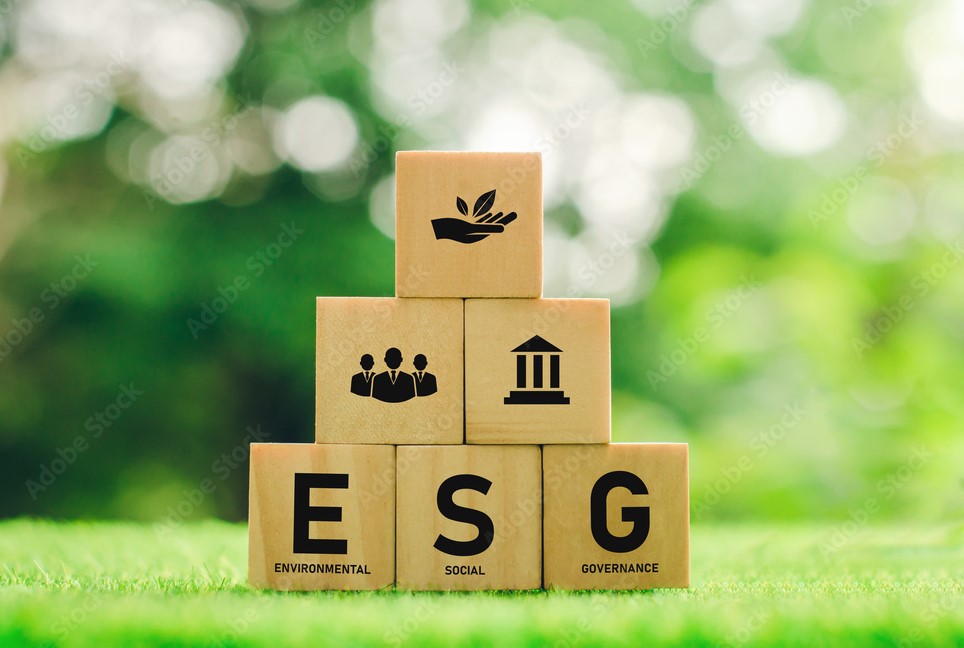There is an emergent need for concerted thought and action to minimise the detrimental effects on environment caused by reckless use of natural resources. Increasingly, Governments’ and Institutions have started understanding the impact of human activity and choices on the environment and reflecting on the decisions individuals take as a consumers and investors. This has not only brought about increased consciousness amongst Companies but also several radical changes in their management decisions on sustainable operations and manufacturing over the past decade. Although a few companies have started reporting their sustainability practices voluntarily till date, Sustainability reporting has still to gain momentum nationally as an important communication tool for companies to disclose their sustainability plans, performance as well as its financial implications to enhance stakeholder confidence.
A big step towards achieving this was taken on May 10, 2021 by the Securities and Exchange Board of India (SEBI) announcing new disclosure norms on sustainability that will apply to the top 1000 listed entities by market capitalisation. The BRSR is a ‘departure’ from the earlier used ‘Business Responsibility Report’ (BRR) and aims to bring India’s sustainability reporting to global reporting standards.
The objective of the new format is to ensure sustainability reporting standards are at par with financial reporting standards. SEBI has made the new reporting format mandatory for all FY23 and optional for FY22.
SEBI has mandated the following disclosure requisites in order to comply with the new BRSR reporting standards:
• The Corporations must not only report the ESG risks they face, but also demonstrate mitigation policies for risks.
• The corporation ‘s sustainability objectives and what it has accomplished in this domain.
• Environmental disclosures including Carbon emissions, waste management techniques, rate of waste generating, bio – diversity, and so on.
• Social disclosures about the work – force, like those of gender representation, sociocultural diversification (including metrics for physically disabled employees), average pay, staff turnover, occupational safety and health, welfare, and so forth.
• Information about environmental impact studies, CSR, counselling and rehabilitation, etc.
• Customer disclosures – for instance packaging, merchandise recalls, and customer concerns about data security and privacy, and the like.
• SEBI’s recommended ESG framework is consistent with international standards namely the Sustainability Accounting Standards Board, the Task Force on Climate-Related Financial Disclosures and the Global Reporting Initiative.
Industry Trends – Noteworthy Corporate Initiatives
- Marico Limited, among India ‘s foremost FMCG conglomerates, led the market in 2021, according to CRISIL’s freshly announced ‘ESGauge’ – ESG performance ratings.
- In the Oil & Gas and Metals Industries, Tata Steel has identified its goal to introduce sustainability in every aspect of the supply chain as per the UNSDGs.
- Reliance and HDFC have recently announced roadmaps towards achieving net carbon neutrality by 2035 and 2032 respectively.
- Vedanta has been a leader in committing to sustainable practises, utilising new technology to protect the environment and communities. Their goal is to lower Carbon emissions by 20% by 2025.
- Several other Indian firms, including Wipro, Infosys, and Tech Mahindra are members of the Dow Jones Sustainability Index, which evaluates businesses’ ESG operations internationally. Companies that have been a participant in the DJSI have implemented good ESG policies and consistently performed favourably at the stock markets. This might be attributable to the premise that both private and institutional investors want to engage with organizations that are perceived to be increasingly environmentally accountable.
- Investors appear to be interested in novel strategies for financing environmental and sociocultural activities. The Ghaziabad Municipal Corporation (GMC) generated Rupees 150 crore by issuing green bonds, which are now traded on the Bombay Stock Exchange. They intend to use the funding to build a secondary treatment wastewater facility.
- JSW Hydro Energy Limited has obtained $ 707 million in foreign capital only through the tissue of green bonds, that are now trading on the Singapore Exchange.
In India, the ESG reporting landscape is still in its infancy. Building & construction materials, metals and manufacturing, oil and natural gas, and pharmaceuticals are among the Industry’s Leaders in the reporting campaign in India, whereas Transport, Banking, Commerce, Retailing, and Telecommunications and Multimedia have little to no contributors.
The current fiscal year is a reprieve granted by SEBI to the top 1,000 listed businesses mentioned in the Notification. These Companies can continue to use the old BRR to satisfy compliance obligations, or they can adopt the new BRSR a year before it becomes mandatory. The revised disclosure standards have encouraged these listed firms to provide clear, uniform reports about ESG metrics and sustainability-related opportunities and risks. This method will assist organisations in efficiently demonstrating to the market their sustainable development aims, positioning, and achievements, contributing to long-term profit maximisation and boosting investors’ capacity to make educated ESG-related judgments.
Way Forward
ESG reporting cannot be the conventional primitive, performance-measurement and stock-taking, exercise it has always been. It has to expand into including forward-looking KPIs and opportunity evaluations, as well as strategic planning development that demonstrates an organization’s purposeful instead of reactionary commitment to ESG. In this regard, ESG Reporting may serve as a powerful driver for corporate transformation. Forecasting, which is commonly used for financial indicators, must also be used for ESG. This is not only necessary to value ESG risks, but also necessary to value the potential for ESG prospects in financial terms. Only by evaluating both financial and non-financial implications can an organization’s true value generation be determined.
Sources
https://www.vedantalimited.com/MediaDocuments/Press%20Release%20-%20Sustainability%20Initiatives%20at%20Vedanta.pdf
https://www.livemint.com/companies/news/cairn-oil-gas-targets-net-zero-carbon-emissions-by-2050-11645430933437.html
https://indbiz.gov.in/tata-reliance-and-hdfc-make-the-case-for-increased-esg-adoption/
https://www.ey.com/en_in/climate-change-sustainability-services/how-esg-reporting-landscape-is-evolving-in-india
https://indiacsr.in/marico-ranks-highest-amongst-fmcg-companies-in-the-recent-esg-report-by-crisil/
https://www.natlawreview.com/article/esg-indian-companies-thinking-through-sustainability-lens
https://www.mondaq.com/india/corporate-and-company-law/1078260/india-imposes-new-esg-reporting-requirements-on-top-1000-listed-companies
https://www.sebi.gov.in/media/press-releases/may-2021/sebi-issues-circular-on-business-responsibility-and-sustainability-reporting-by-listed-entities-_50097.html
#ESG #sustainabilitymeasures #ESGreporting #sustainabilityreporting #governmentregulationsonesg #esgadoption #ESGframework #CSR #environmentimpact
